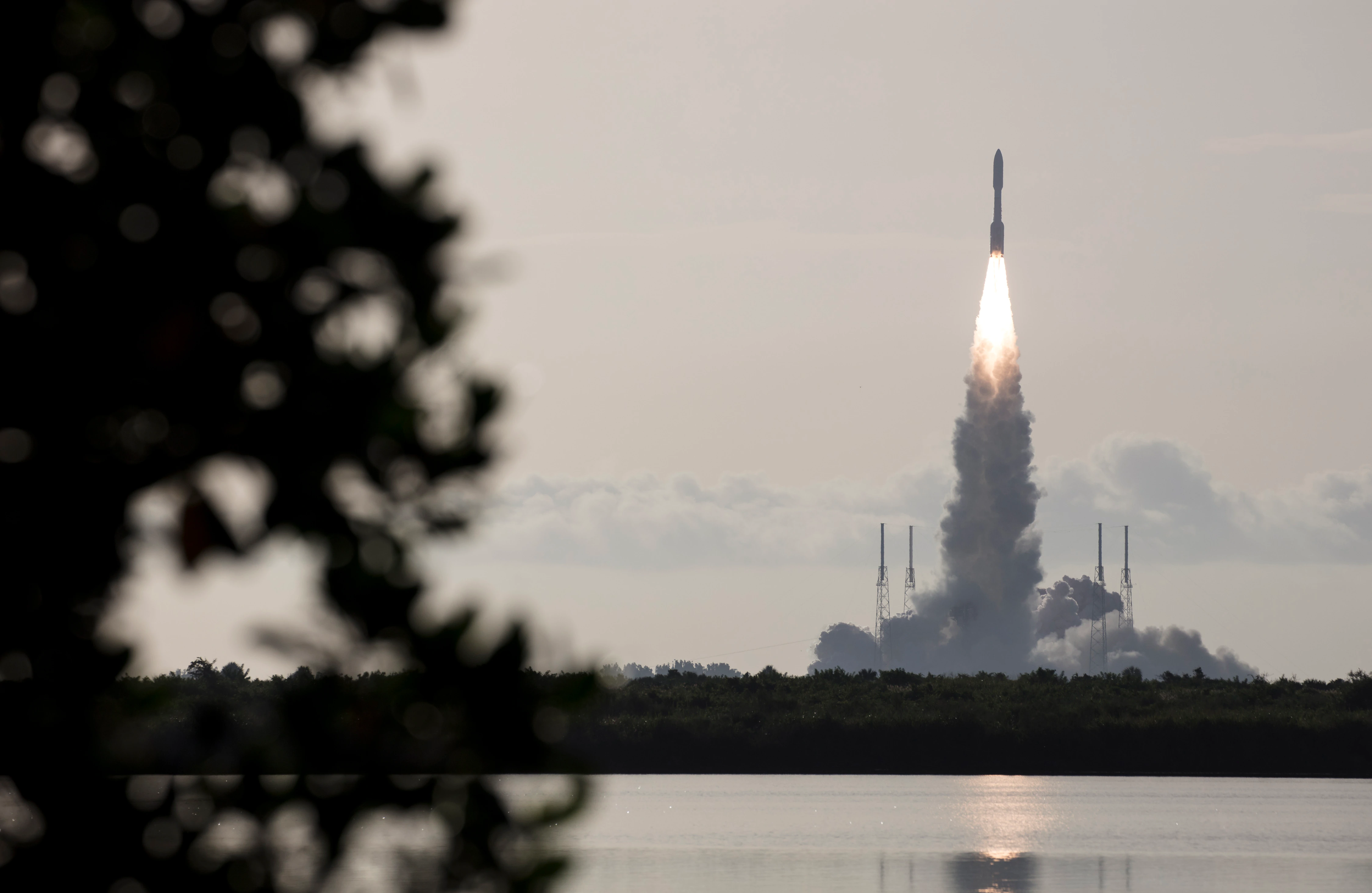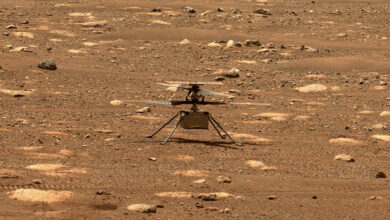How NASA’s Perseverance rover will land on Mars

[ad_1]
NASA’s Mars rover Perseverance will make its descent onto the red planet on Thursday, but there are a few hurdles to cross before it can land.
The 2,260-pound rover — partly named in recognition of health care heroes amidst the COVID-19 pandemic — launched late last summer from Florida’s Cape Canaveral Air Force Station and has since traveled 293 million miles to reach its destination.
NASA’S PERSEVERANCE ROVER PREPARING TO LAND ON MARS
Its target is Jezero Crater, a carefully-selected location for Perseverance’s mission in astrobiology. NASA’s fifth Mars rover is tasked with searching for signs that microbial life may have lived on the planet billions of years ago, as well as collecting rock and soil samples that will eventually be returned to Earth.
Engineers managing the mission at the NASA Jet Propulsion Laboratory in Southern California wrote in a Tuesday news release that the rover was on track to touch down at Mars’ Jezero Crater at approximately 3:55 p.m. ET.
But, landing is a historically risky move, with around a 50% success rate.
With that in mind, Perseverance was built with new hardware and advanced technology to see it safely deployed from its entry capsule.
It’s a multi-step process and engineers will receive alerts regarding key milestones on an 11-minute-and-22-second delay.
First, the spacecraft that has been flying Perseverance and NASA’s Ingenuity Mars Helicopter will separate at around 3:38 p.m. ET and then enter the planet’s atmosphere at 3:48 p.m. ET.
What’s following is known as the “seven minutes of terror,” during which the atmosphere will heat the bottom of the spacecraft to temperatures reaching up to 2,370 degrees Fahrenheit.
At around 3:52 p.m., the parachute will deploy at supersonic speed and the deployment is based on new Range Trigger technology that reduces landing ellipse and deploys based on the proximity from its desired target.
About 20 seconds later, the heat shield will detach from the entry capsule, allowing Perseverance to use its radar to measure the distance from the ground and its Terrain-Relative Navigation.
The function uses images of the landing site to help the rover accurately determine where it’s headed and the safest point to reach — even on terrain previously inaccessible to engineers.
Next, the back shell of the capsule that is fastened to the parachute will separate from the rover and its “jetpack” at 3:54 p.m. and the jetpack will use retrorockets to help Perseverance slow down and reach its landing site.
Using what is known as the sky crane maneuver, the rover and Ingenuity will lower down to the surface on nylon tethers.
Once successfully on the ground, Perseverance will photograph Mars for engineers via a new relay capability added to NASA’s Mars Reconnaissance Orbiter.
The mission carries more cameras than any interplanetary mission in history, with 19 on the rover and four on other parts of the spacecraft.
In order to carry out its assignment, Perseverance is carrying seven instruments to utilize in unprecedented experiments and test new technology.
The Mastcam-Z and Supercam are used to provide both imaging and analysis of the surface’s mineralogy and chemical composition.
The Planetary Instrument for X-ray Lithochemistry — or PIXL — serves as a fluorescence spectrometer and high-resolution imager to detect and map fine-scale elemental composition of the Martian surface.
The Scanning Habitable Environments with Raman & Luminescence for Organics and Chemicals (SHERLOC) spectrometer uses an ultraviolet laser to map mineralogy and organic compounds.
The Mars Oxygen In-Situ Resource Utilization Experiment (MOXIE) will attempt to produce oxygen from Mars atmospheric carbon dioxide.
The Mars Environmental Dynamics Analyzer (MEDA) is a set of sensors that will provide “measurements of temperature, wind speed and direction, pressure, relative humidity, and dust size and shape.”
Lastly, the Radar Imager for Mars’ Subsurface Experiment (RIMFAX) is a radar that provides a centimeter-scale resolution of the geologic structure of the subsurface.
CLICK HERE FOR THE FOX NEWS APP
Perseverance will also test new tech for future Mars missions, including a new set of sensors called Mars Entry, Descent and Landing Instrumentation 2, or MEDLI2.
To watch the event and listen to commentary from experts, viewers can tune in to NASA TV at 2:15 p.m. ET.
[ad_2]
Source link






